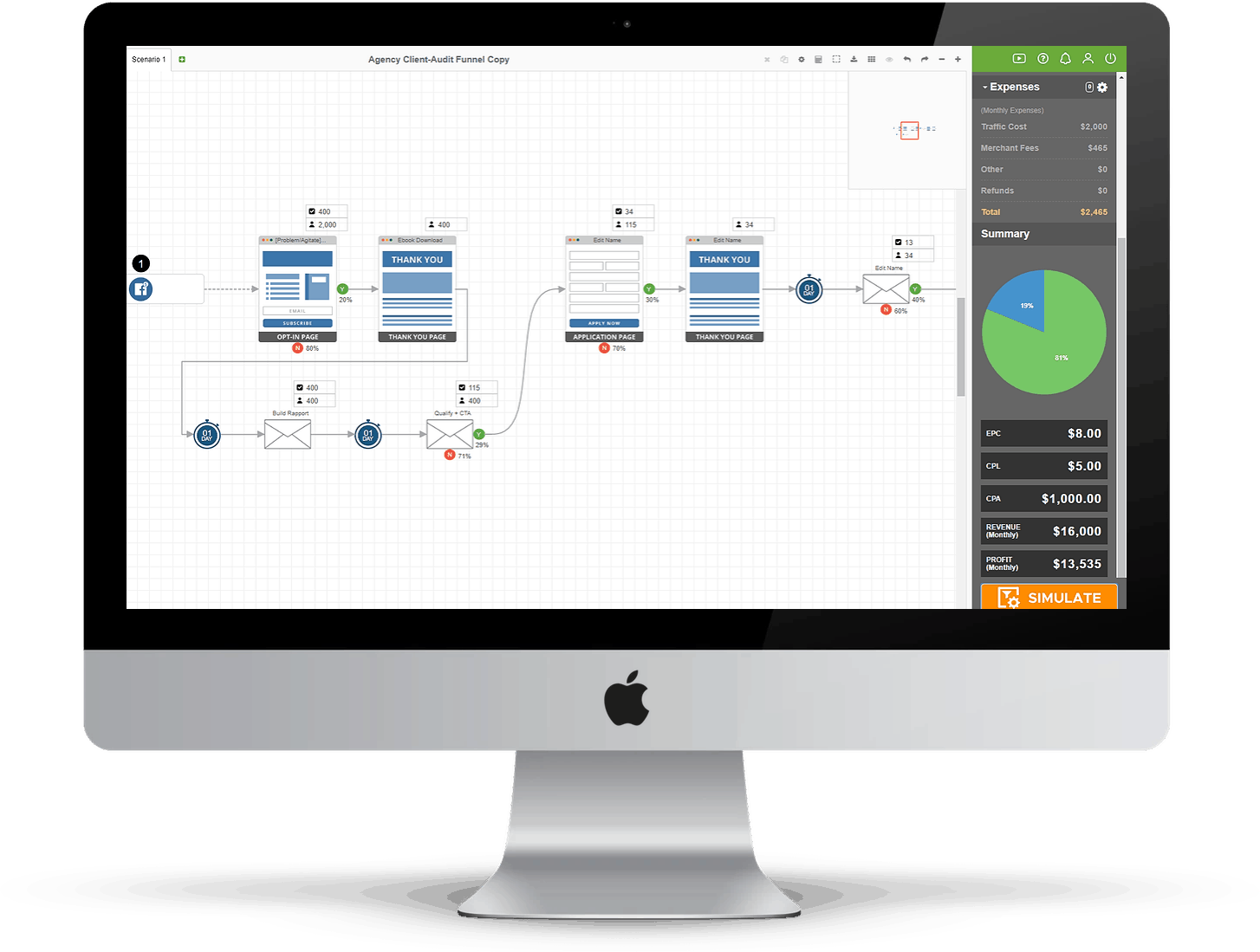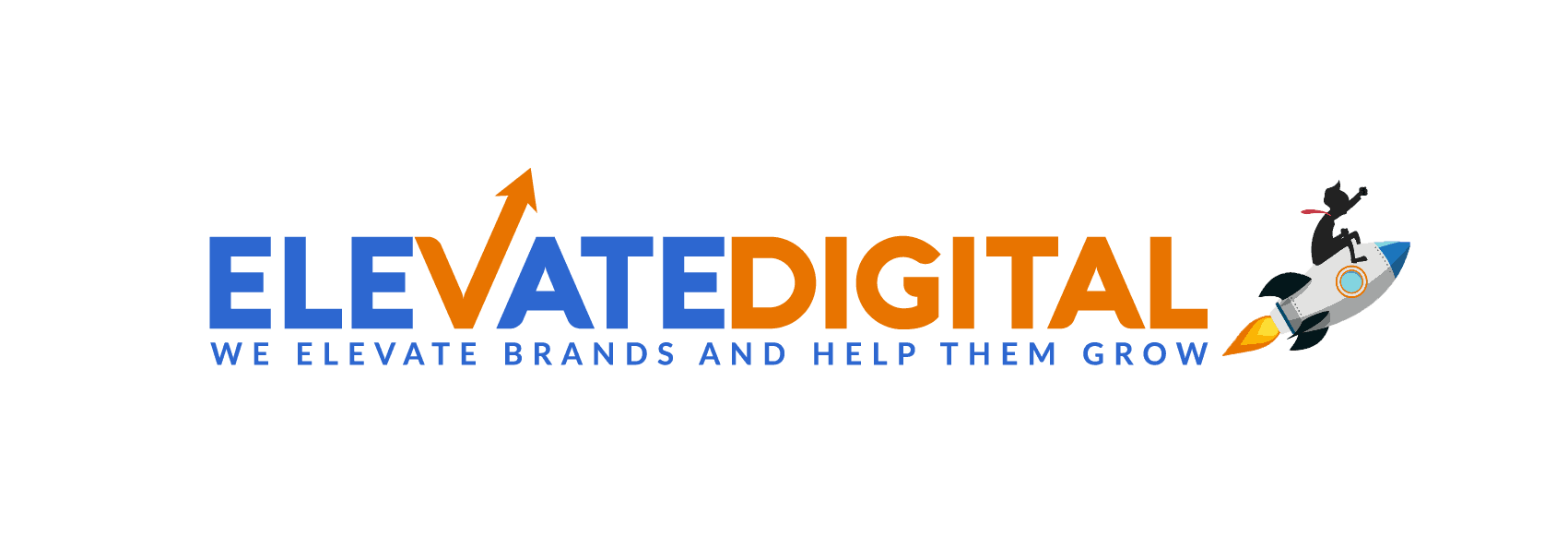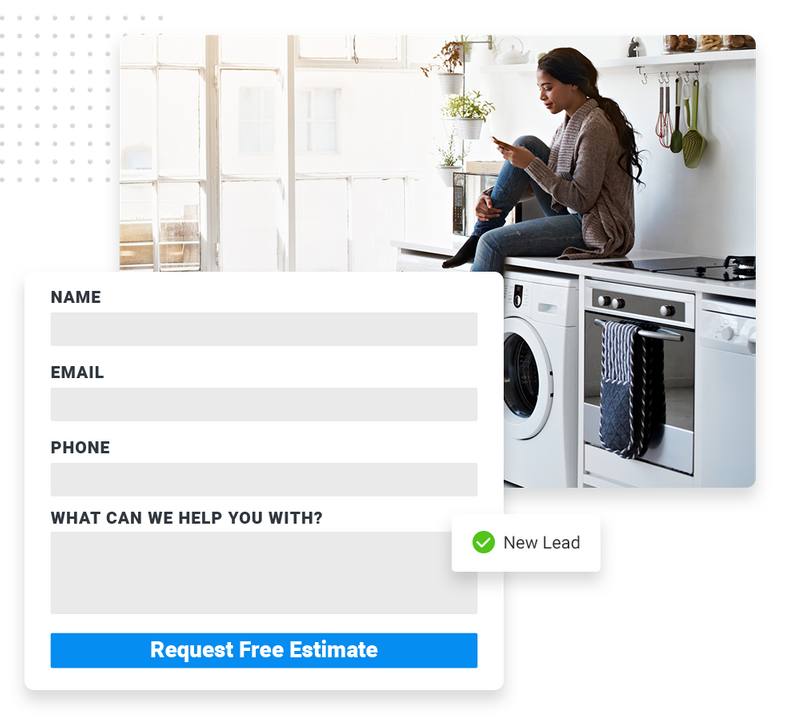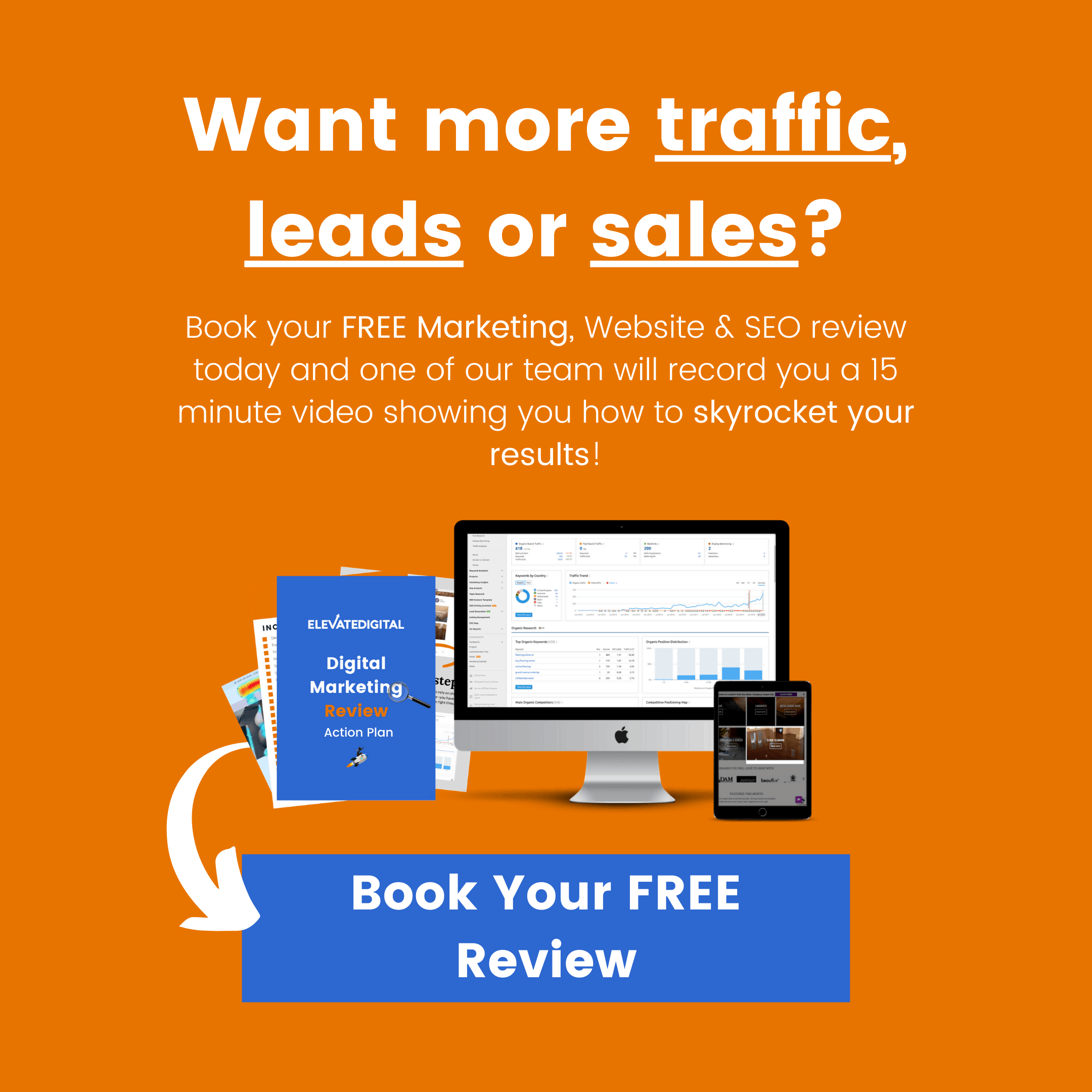If you’ve spent any time around marketers or learning about Digital Marketing, you’ve probably heard the acronym CPA thrown around.
The term CPA is an abbreviation of your “cost per acquisition” and it’s an absolutely critical metric to monitor and optimise if you want to profitably grow your business.
However, the term “acquisition” may have a different meaning across various businesses/industries and could refer to either a lead, sign up, or a sale.
You may have also heard the terms cost-per-action (another CPA) cost-per-conversion (CPC) or even customer-acquisition-cost (CAC) all used in the same vein so it can all get a bit confusing…
Just to throw another spanner in the works, CPC can also mean cost-per-click, so it’s important to know which metric is being referred to as CPC. For the context of this blog, we’ll be referring to CPC as cost-per-conversion
In this blog, I’m going to break down what these numbers ultimately mean, why they’re SO important and how to monitor them to grow your business.
What’s the difference between CPA and CPC
The difference between the two will vary depending on who you talk to, but CPA typically refers to your cost-per-acquisition (or cost to acquire a new customer). Cost per conversion (CPA) on the other hand can be used interchangeably depending on what your conversion goal is.
For example, if you’re an ecommerce business you may have multiple conversions goals. One might be getting signups to your email newsletter.
You could then have another conversion goal which is generating a product sale.
In this case, the term “cost-per-conversion” may be used interchangeably, but it’s important that you separate the two as individual goals.
Bear in mind here that building your newsletter and generating signups may result in cheaper cost per conversions (as it doesn’t require anyone to pull out their credit card) however, it’s a longer-term strategy and doesn’t necessarily have an immediate ROI.
A sale on the other hand is going to have an ROI (hopefully) attached to it.
(NOTE: That doesn’t mean you shouldn’t also focus on running newsletter campaigns, as this is essential to your long-term profitable growth.)
As a rule of thumb, you always want your cost per acquisition (or cost per sale to keep things simple) to be lower than the profit margins you make on the sale.
Otherwise you’ll end up throwing money away…
That’s why as an Agency, we ask our customers for their profit margins, not just their selling price – it’s not because we’re being nosy or intrusive – it’s because we want to make sure we’re ACTUALLY helping you grow in a sustainable way.
Want Personalised Feedback To Help Reduce Your CPA?
Book your FREE website review today and one of our marketing strategists will record you a personalised video with practical tips to help you increase traffic and reduce your CPA
What factors affect your CPA
Whether you’re relying on “free” organic marketing or paid advertising, there is ALWAYS a cost to acquire a customer.
If you’re relying on organic marketing or word of mouth – Your cost per acquisition is the time you spent on blogging, posting on social media, networking, speaking at events or whatever you’re doing to promote your business.
If on the other hand, you’re using paid marketing like Google Ads, your cost per acquisition will be the average amount you spend to acquire each customer.
Let’s look at another example…say you’re a plumber who is generating leads through Google Ads via a signup form on your website.
Because the sales itself is likely happening offline as such, ie over the phone or through invoicing, Google won’t show your cost-per-acquisition.
However, assuming you’ve set up conversion tracking correctly on your website, it WILL show you your cost-per-conversion (which in this case is the average cost of generating a signup on your website.
How To Calculated Cost Per Acquisition (CPA) From Your Marketing
So how do we track your cost-per-acquisition from that campaign?
Well let’s say you’ve spent £100 on ads and generated 10 leads at an average cost-per-conversion of £10.
However, 3 of the leads dropped off the face of the earth and out of the other 7, only 2 turned into a sale.
So to work out our CPA here, we literally divide the 2 sales we had by the amount total we spent on ads, meaning we have a cost-per-acquisition of £50.
How To Reduce Your CPA (Cost-Per-Acquisition)
There are a number of strategies you can use to help reduce your CPA which go beyond the scope of this article.
However, to put this in simple terms, you’ll want to think of your website like a funnel. We use a number of funnel visualisation tools with clients to visually map out the buyer journey.

By using analytics tools, we can then observe the drop-off rate at each stage and identify potential solutions to solve that bottleneck and ensure profitable growth.
Let’s say for example, we’re getting lots of leads at a really low cost, but we’re just not getting responses.
This could mean a couple of things:
- The leads we’re getting are just spam or low quality (depending on the fields you have on your signup form, you may be able to ascertain this just from the information given. If this is the case, we’ll need to look at the targeting or copy in the ad itself to ensure we’re attracting the RIGHT audience. Remember, trying to get the lowest possible cost-per-lead isn’t always the right strategy, especially if you end up with a bunch of dud leads.
- We’re getting good quality leads, but they’re dropping off because they’re worried about getting sold to or screwed over or maybe a competitor responded to them first. In this case, you’ll either need to work on your internal processes to ensure you’re responding to leads quickly OR we can create a custom thank you page with a video – check out these 2 examples below:
We’ve worked with a number of clients to build out custom thank you pages and seen SIGNFICANT increases in lead to sale conversions, because it’s an opportunity to build that excitement and demonstrate your authority/credibility beforehand.
This in turn builds trust and helps to lower their guard before the call.
Also by increasing the overall conversion rate on your website, this can help to reduce both your cost-per-lead AND cost-per-acquisition. Here are 16 ways to increase your website conversion rate.
Want Better Results From Your Website & Marketing ?
Book your FREE digital review today and we’ll record you a personalised video going through your website, showing you not only how to reduce your CPA; but also how you can increase your traffic, leads and sales.
- Highly-Effective DTC Marketing Strategies & Examples - February 28, 2024
- How To Set Paid Media Marketing Budget - October 16, 2023
- The Ultimate Guide To A/B Testing - September 23, 2023







